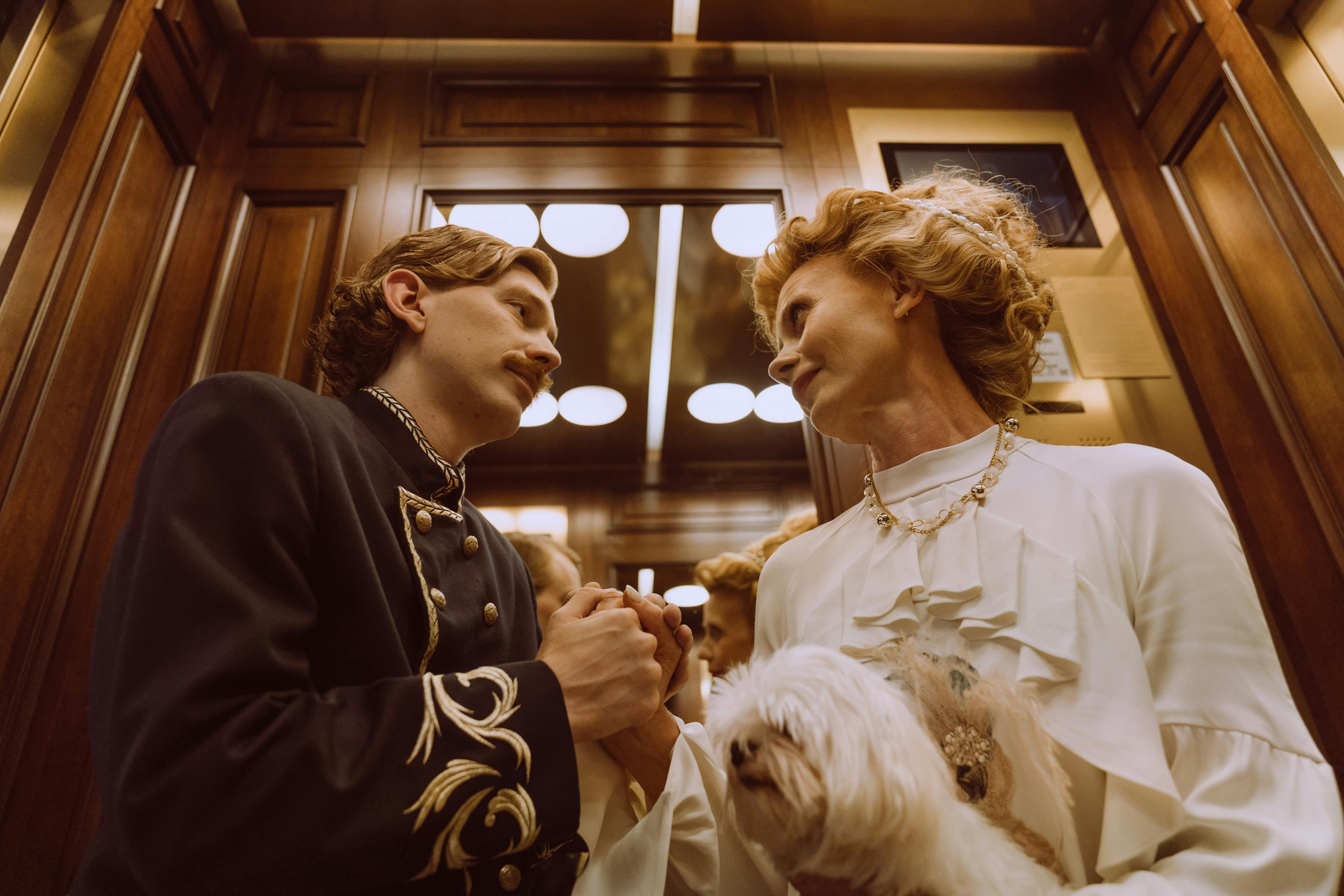To maintain order in the world, our brains link objects, gestures, and symbols with our feelings, memories, and life experiences. We mentally associate ourselves with such things as sponsorships, sights, sounds, colors, music, and symbols, just to name a few. This association allows us to make decisions when we do not have the time to conduct a thorough investigation.
Experts in persuasion take advantage of the association to evoke positive feelings and thoughts that correspond to the message they are trying to convey. In this sense, you, as the persuader, can arouse a certain feeling in your audience by finding the right association key to open the door. Associations are not the same for all people; Obviously, each person has their own set of triggers. However, once you understand the general rules, you will be able to find the right associations for any prospect. And of course, some associations are universal to an entire culture.
Another aspect of the Law of Association is the use of affiliation. Persuaders want you to affiliate their company with positive images, feelings, and attitudes. We tend to affiliate our feelings with our surroundings and environment and then transfer our feelings to those we are with. For example, a frequently used technique is to invite the prospect to lunch. Why? Because people like the people and things they experience while eating (if the food and the company are good). The idea is to link something positive in the environment with your message.
For example, a good game of golf, a weekend at the beach, tickets to the NFL, or an exotic cruise would usually generate positive associations and feelings in your prospects. Do you remember ever noticing how, after a landslide victory, college logo sweatshirts were everywhere? People want to be associated with winners. In fact, one study showed that when a college football team won, more students would wear that college’s sweatshirts. The bigger the win, the more college sweatshirts become visible. When you bring positive stimuli into the situation, you will be associated with the good feeling you have created.
We are now going to discuss four different affiliations that are used most often. They are as follows: advertising, sponsorships, images and color. Each of these techniques has a unique role in enrollment.
Advertisers and marketers use affiliation to evoke valuable associations in the minds of their prospects. They know that babies and puppies automatically convey great associations of warmth and comfort in the minds of their audience. Consequently, we see commercials for tires with babies and commercials for cars with puppies, although the cars and the tires are not really warm and cuddly. These warm appeals capture our attention and create positive associations in our minds.
Do you want some other examples? Consider some of the popular slogans: “Like a good neighbor,” “Just like home cooking,” “Like a rock,” and “Breakfast of champions.” By using taglines in this way, marketers can easily create positive sentiments and associations without having to create a new image. They simply create even stronger and more positive associations with what already exists.
One of the most common examples of advertising affiliation occurs in the alcohol and cigarette industries. How often do you see a lung cancer patient in a cigarette ad? Instead, advertisers in these industries use young, dynamic people in their prime. Beer companies want you to associate drinking beer with having fun and attracting the opposite sex. Their ads feature images of men and women enjoying themselves, surrounded by beer. His message is: “If you’re not drinking, you’re not having fun.” Intellectually, we all know that these are just ads, but the associations they stir in us stick with our minds.
When companies need to change their image, they usually find a good cause to cling to. They will usually find a good social or environmental problem that they can access. For example, an ice cream company announces its support for an environmental movement, or yogurt companies start a campaign to stop breast cancer. You also see patriotic endorsements being used to create a positive association in your mind. The mere sight of the American flag, or the phrases “Buy American” and “Made in America,” can trigger instant positive associations.
In the 1970s, the great American car still dominated the American car scene. American automakers weren’t afraid of imported cars. There was a tradition in most families of always buying the same make of car. Imports became associated with being cheap, unreliable, and a waste of money. However, when the baby boomers arrived, they became better educated and refused to blindly follow the guidelines set by their parents. They viewed imports as having better gas mileage, higher reliability, and lower prices. The negative association suddenly changed from foreign cars to American-made cars and the rest is history. American automakers were nearly put out of business by this change, and to this day lose a large share of the market to imported cars. As the tide turned, American auto companies had to learn to make new associations with their cars.
Closely related to advertising is the notion of sponsorship. Companies and organizations sponsor events that they believe will produce a positive association in the eyes of the public. They hope that this positive association will transfer to their company. The Olympics get big sponsorships: Companies pay a lot of money to have their name and products associated with the Olympics. What company wouldn’t want to be associated with peace, unity, perseverance, determination, success, and winning gold? The affiliations that companies create for us are very strong and memorable.
Let’s do an experiment: Think of the following drinks and pay attention to the images that come to mind while you do it.
Volvo. Toyota
Mercedes Rolls Royce
Hyundai. Chevrolet
Ford-Porsche
The images we see create attitudes within us. It is no accident that most American presidents have dogs as pets in the White House. Consciously and unconsciously, a loving, obedient and trusting dog creates a positive image of its owner. Voters are more likely to reject a politician who prefers cats, hamsters, snakes, ferrets, or tarantulas.
It’s really no secret that we are heavily influenced by images when making everyday decisions. We are much more likely to donate to someone in a Santa suit than someone in street clothes. We trust more a sales rep who wears a gold cross around his neck. Sports bars decorate their walls with t-shirts and other sports paraphernalia.
Credit card companies are among the largest users of images and association. Because credit cards provide us with immediate gratification without having to deal with the negative consequences weeks later, we often think of the perceived positive associations before the negative ones. Consumer researcher Richard Feinberg conducted several different studies to test the effects that credit cards had on our spending habits. He came across some very interesting results. For example, he found that restaurant customers tipped higher when using a credit card than when using cash. In another case, consumers were found to show a 29 percent increase in their willingness to spend when merchandise was examined in a room displaying MasterCard signs. Even more interesting was the fact that the subjects were unaware that the MasterCard signals were an intentional and calculated part of the experiment.
Learning to persuade and influence will make the difference between expecting better income and having better income. Beware of common mistakes presenters and persuaders make that cause them to lose the deal. Get your free report 10 Mistakes That Continue to Cost You Thousands and explode your income today.
quiz app
What images can you use to trigger the right emotions during your persuasive presentation?
What image are you trying to create with your product, service or cause?
What attitudes will the images trigger?
conclusion
Persuasion is the missing piece of the puzzle that will crack the code to dramatically increase your income, improve your relationships, and help you get what you want, when you want, and win friends for life. Ask yourself how much money and income you have lost due to your inability to persuade and influence. Think about it. Sure you’ve seen some success, but think of the times you couldn’t. Has there been a time when you didn’t understand your point of view? Are you unable to convince someone to do something? Have you reached your full potential? Are you able to motivate yourself and others to achieve more and achieve your goals? What about your relationships? Imagine being able to overcome objections before they happen, knowing what your prospect is thinking and feeling, feeling more confident in your persuasiveness.




